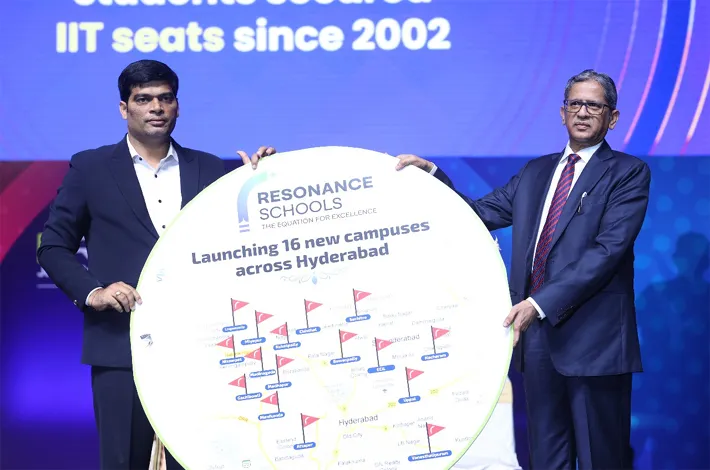Inflation plunges to 10-Year low of 0.25% in October, sparks debate on relief vs. risk
15-11-2025 12:00:00 AM

A financial journalist highlighted the economic flip side: Rapid price falls can trigger a "deflation trap," where consumers delay purchases in anticipation of further drops, leading to reduced sales, production cuts, job losses and wage stagnation
India's consumer price inflation tumbled to a decade-low of 0.25% in October, a sharp drop from elevated levels seen just a year ago when food prices were spiralling. The figure, far below market expectations, has ignited a national conversation: Is this a boon for households grappling with living costs, or a warning signal for an economy heavily reliant on consumption-driven growth? The primary driver behind the plunge is a steep 5% year-on-year decline in food prices, which account for nearly half of the Consumer Price Index (CPI).
A financial journalist highlighted the economic flip side: Rapid price falls can trigger a "deflation trap," where consumers delay purchases in anticipation of further drops, leading to reduced sales, production cuts, job losses and wage stagnation in a consumption-led developing economy. Macro indicators add more details. Real GDP growth stands strong at 7.8%, but nominal GDP, incorporating inflation, is at 8.8%—a narrow gap signalling growth driven more by volume than value. This could affect incomes and tax revenues over time.
The central question posed was that are falling prices genuine relief for consumers or a red flag for the economy? Experts largely viewed the dip as transient rather than something concerning. A senior economist and researcher at a credit rating agency, attributed it to a favourable base effect from last year's abnormally high vegetable prices and one-off GST rationalization. She viewed this drop in inflation as temporary; estimating that CPI would rebound toward 3% in Q4 and cross 4% in Q1. She also opined the low for now as GST cuts are expected to spur demand, not reflect weakness. She cautioned on separate challenges from subdued nominal GDP growth affecting metrics like debt-to-GDP ratios.
Another senior banker echoed the sentiment, noting seasonal weakness in food prices post-harvest and the high base from 10% food inflation a year ago. She stated that it was too premature to invoke deflationary forces, forecasting October as the cycle low with gradual rises ahead—sub-2% for FY26 averaging 1.8%, reversing to 3.8% in FY27. She also explained the ground-level discrepancy: Year-on-year metrics capture changes but not cumulative rises over four to five years across food and services.
From industry, a representative of the textile association offered a sector-specific lens. Low inflation keeps input costs—like cotton, man-made fibers, labor, and dyeing—stable, preserving thin margins without eroding worker purchasing power. However, prolonged drops risk deferred fabric buying (after essentials like food and shelter), forcing production cuts and higher per-unit costs. Recent positives—GST slashed from 12-18% to 5% and removal of quality control orders on man-made fibers—strengthened competitiveness. Textile eyed export growth toward the PM's $350 billion textile trade target by 2030, despite recent US hits, and called for interest rates capped at 5-6% for planning certainty, as units require 2-3 years' lead time.
Falling prices offer comfort but demand caution. India appears to have struck a delicate balance between price stability and growth for now, but sustained vigilance is key amid global headwinds. As the RBI mulls its next move, the nation watches whether this record low heralds calm or a prelude to slowdown.








